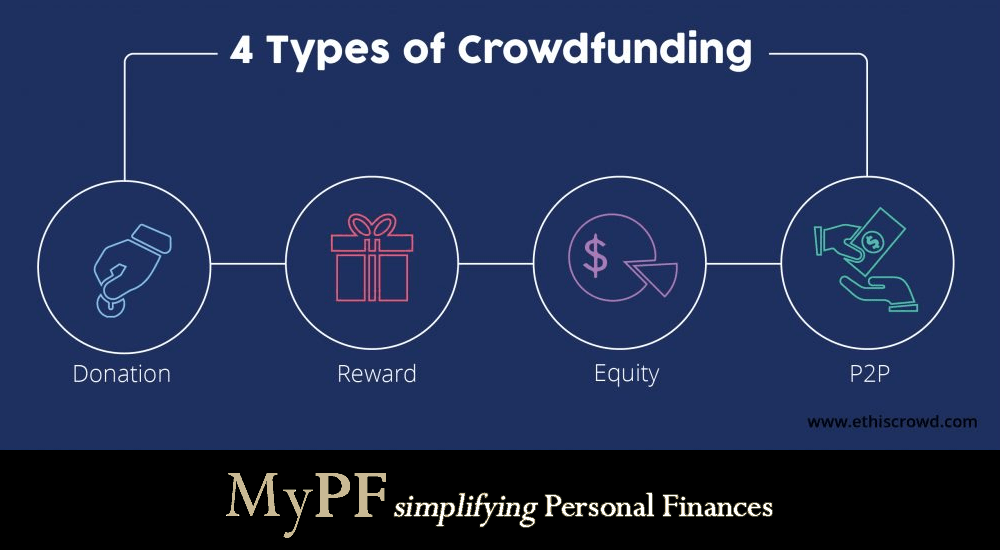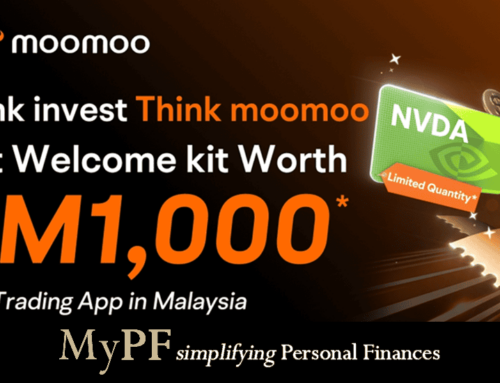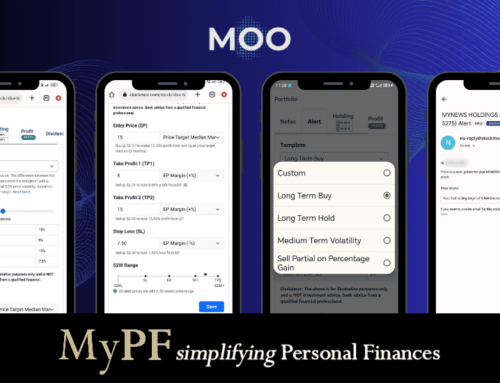Of the 4 types of crowdfunding, let’s look at the 4 players involved when we talk about equity crowdfunding. The original version of this article was published by Ethis and has been updated for accuracy and clarity.
Malaysia is a greatly diversified economy. In addition to its vibrant mix of cultures, fast-developing infrastructure, technological development, sunny weather and exotic fruits (of course, Durian—the king of fruits!), it stands as one of the most open economies in the world with large trade.
Since 2010, Malaysia’s trade to GDP ratio has averaged over 130%, its economy has shifted from being agricultural and commodity-based and expanded to include the export manufacturing and services sectors.
According to the Department of Statistics Malaysia, electrical and electronic products make 38.3% of its trade products, bringing it over RM314.02 billion. In 2013, Malaysia ranked 6th in the world by the World Bank in ease of doing business.
The Malaysian government provides high and consistent support of business and facilitation efforts towards creating a more friendly environment for its entrepreneurs.
This is evident in initiatives like TEKUN Nasional through which the government provides micro-credit facilities and Tabung Usahawan Siswazah (TUS), translated to Graduate Entrepreneurship Fund, aimed at supporting the youth get into business.
So it comes as no surprise then that when equity crowdfunding joined the scene, respective authorities created and accustomed the space for it as a new prospect to boost entrepreneurship.
This market is thus now regulated by the Securities Commission of Malaysia and encapsulates four players—Regulators, Issuers, Recognized Market Operators (RMO), and Investors.
#1. Regulators—where the rules and guidelines originate
Prior to crowdfunding being recognised as a capital market, the Securities Commission of Malaysia had been regulating equity with a specific set of guidelines issued since 2009 under the Capital Markets and Services Act 2007 (CMSA).
These guidelines had been revised three times: in 2013, 2017 and 2018 respectively, monitoring proposals for the purposes of issuing and offerings of equity securities; the listings of corporations and quotations of securities on the Main Market and those that could potentially result in tangible change in the business direction or policy of corporations listed on the Main Market.
The guidelines are set to apply policies justly and consistently—they include minimum standards, disclosure of material information, the maintenance of corporate governance standards, and integrity, accountability, and transparency in dealings.
With the emergence of equity crowdfunding (ECF), the Securities Commission, after reviewing feedback and comments on the proposed equity crowdfunding frameworks from a number of stakeholders, released a public response paper in 2014.
In February 2015, a new set of guidelines was effective on regulation of markets which were to replace the previously issued guidelines in 2007. These guidelines were for three types of operated securities and derivatives markets each subject to different levels of regulation, they include an approved market, an exempt market, and a recognized market.
A recognized market covers a trading venue, marketplace or facility that is an alternative to traditional means of bringing purchasers and sellers of capital market products together. Equity crowdfunding platforms, Peer-to-Peer Financing (P2P) and Digital Asset Exchanges (DAX) fall under this category.
The terms and conditions set for recognized markets are less strict and are dependent on the risk profile, nature, and scope of the proposed operations.
In function, the guidelines define the registration and roles of Recognized Market Operators (RMO) which are the platforms that operate investment crowdfunding activities. It monitors the obligations of crowdfunding platform operators towards issuers as they are entrusted to ensure issuers comply with the platform rules as well as their communication with their investors.
For equity crowdfunding, it additionally stipulates the type of issuers permitted and not permitted to participate in fundraising and their disclosure requirements as well as microfunds, investment limits and the limits to fundraising amounts.
#2. Issuers—Entrepreneurs and Businesses in Malaysia
Malaysia stands as a multicultural country with less than 1% of Malaysian households living in extreme poverty for which the government is approaching with targeted measures in the form of cash transfers to low-income households.
A profile of the average Malaysian is one with a good credit rating and has access to saving plans and bank loans, making the overall Malaysian society quite an economy savvy one; since it is able to actively contribute and participate in entrepreneurship.
Equity crowdfunding is a new avenue for these entrepreneurs (issuers) to seek funding. Eligible issuers hosted on equity crowdfunding platforms have the ability to raise funds for their businesses through the platform.
An issuer may only raise collectively, a maximum amount of RM10 million through ECF platforms in its lifetime This amount is excluding the issuer’s own capital contribution or any funding obtained through a private placement exercise.
The concept of ‘all or nothing’ is applied to the ECF fund raising exercise. This means issuers must raise the targeted amount from investors or the campaign is considered unsuccessful. When the ECF campaign is unsuccessful, all monies collected are returned to the investors. A targeted range of fundraising amount (minimum and maximum amount), must be set for each ECF campaign.
In addition, an issuer can only raise funds on one ECF platform at any one time. An issuer, however, is allowed to raise funds on an ECF platform and a peer-to-peer (P2P) financing platform at the same time, subject to disclosure requirements, according to the Securities Commission.
The companies registered with equity crowdfunding need to provide key information explaining the purpose of fundraising, the target amount to be raised, the company business plan and audited financial statements.
A few entities are not eligible for funding through an equity crowdfunding platform, these include public-listed companies, companies lacking a business plan, commercially or financially complex structures like investment fund companies or financial institutions and more, as described in the Securities Commission guidelines.
#3. Recognized Market Operators (RMO)—the equity crowdfunding platforms
Recognized Market Operators (RMOs) are registered through the Securities Commission of Malaysia. These platforms go through an application process and submit relevant forms and documents required by the SC who will then approve the platform based on the meeting of the criteria set in the guidelines, as well as the business plan of the platform.
A platform operator, like Ethis, essentially manages communication between investors and issuers. Platform operators have the ability to deny an issuer access to the platform if the issuer or the proposed offering is deemed to be not suitable.
The operator is also required to ensure that funds obtained from investors are safeguarded in a trust account until the funding goal is met. Equity crowdfunding operators are integral to the entire process of funding.
The compliance of issuers to the platform rules as the operators have authority to accept or deny the onboarding of issuers should the offering of the company not meet their expectations or pass their screening and onboarding processes.
Additionally, operators are expected to ensure transparency, communication and updates to investors and accuracy in documentation, stay within the fundraising limits for issuers and investors, conduct background checks and exercise business due diligence on potential issuers.
Ethis is just one of several Recognized Market Operators in Malaysia, but is the first platform to receive an Islamic Equity crowdfunding license by the Securities Commission.
#4. The Investors; or the crowd!
Malaysia is a great place to invest. The country ranks 6th in its attractiveness to foreign investors in the Baseline Profitability Index (BPI) and scored a full ten for its disclosure in its protection of investors.
Since the Asian financial crisis of 1997-1998, Malaysia has seen an upward trajectory for its economy. The country is expected to shift from an upper-middle-income to a high-income economy by 2024 and is expecting a downward shift in monetary poverty according to the World Bank.
With equity crowdfunding joining the scene, local and international investors are now offered a new range of investment opportunities, with low entry minimums and a unique ability for portfolio diversification.
Additionally, equity crowdfunding investors are given a 6-day period during which they are allowed to withdraw the full amount that they invested should they have a change of heart. Part of their rights on the platform is to also be notified of any adverse change to their investments.
Investors are categorised into three types:
- Sophisticated investors with no restrictions on the investment amount
- Angel investors with a maximum of RM500,000 within a 12-month period
- Retail investors with a maximum of RM5,000 per issuer with a total amount of not more than RM50,000 within a 12-month period
Conclusion
These are the main 4 players that make up the equity crowdfunding scene in Malaysia.
Every counterpart involved in the process acts as a factor contributing to the success of the other, thus all four parts are expected to function in full harmony for the ecosystem to be stable and thrive at its capacity.
With time, and once full consistency between all four players are achieved, we can expect the equity crowdfunding industry in Malaysia to be a highly attractive platform for investors of all sizes.
What other questions do you have about crowdfunding?











Leave A Comment